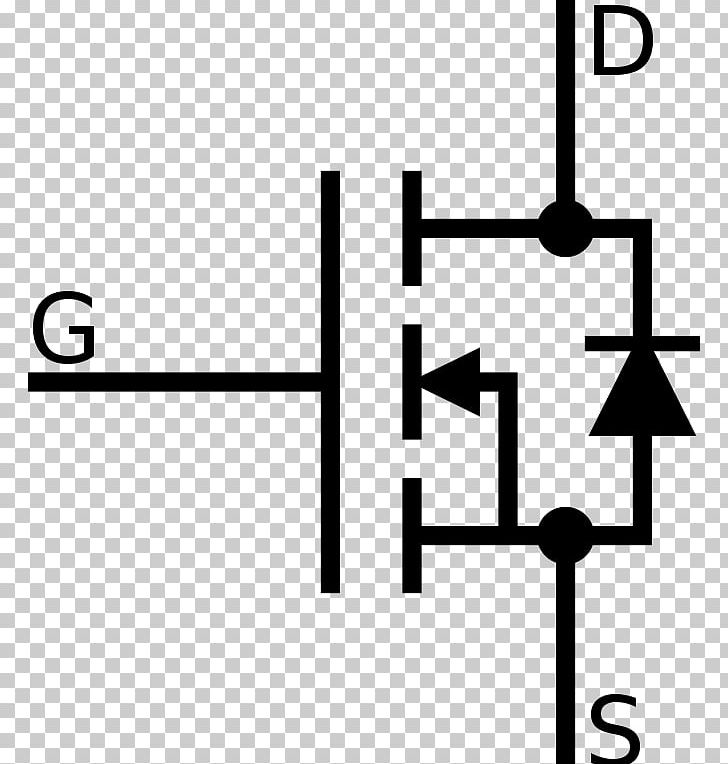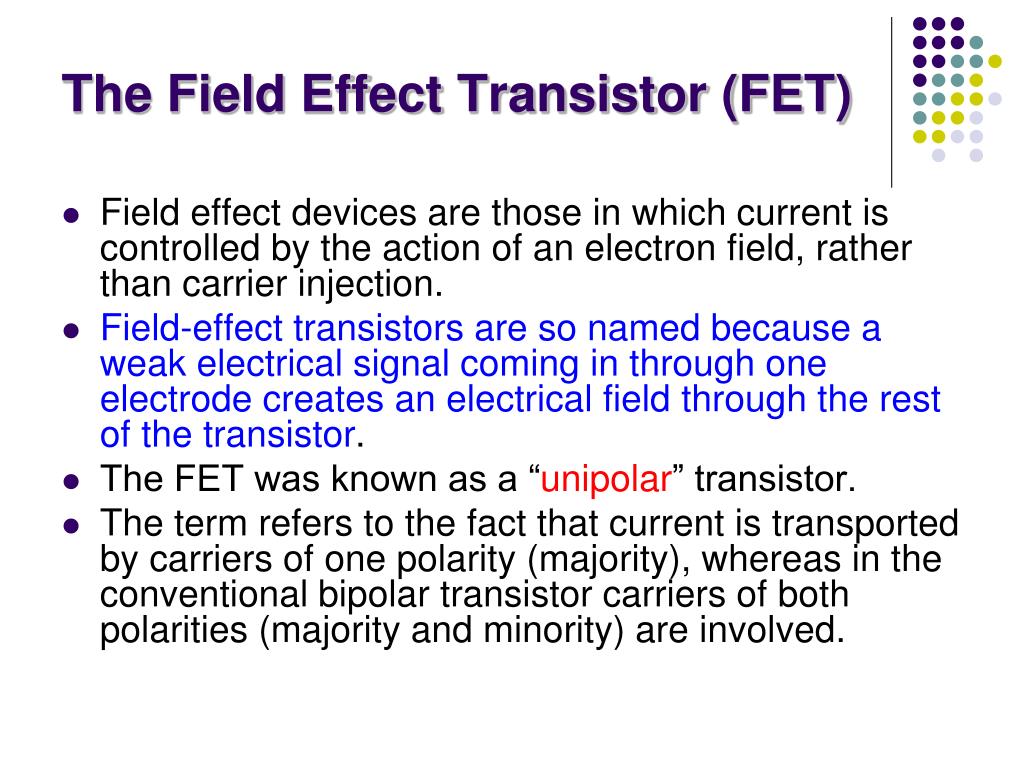
The reported techniques can also be applied to other fields relying onįunctionalized GFETs, such as gas or chemical sensing or infrared imaging. This platform offers a truly statisticalĪpproach on GFET based biosensing and further to quantitative and multi-analyte Of the sensing platform array with 512 GFETs in simultaneous detection for

As an important step towards that, we report wafer-scaleįabrication of CMOS integrated GFET arrays with high yield and uniformity,ĭesigned especially for biosensing applications. Nanomaterials, are among the most promising technologies for label-freeĮlectrical biosensing. Such multiplexed bioassays, whether based on graphene or on other sensitive Statistics require sensor arrays with reduced variability in functionalization. Towards truly quantitative sensors and on-chip bioassays with improved

Reliability and require increased statistics. The field-effect transistor (FET) is a type of transistor that uses an electric field to control the flow of current in a semiconductor. The next steps in industrialization relate to improving The development of CMOSīack end of line integration compatible graphene field-effect transistor (GFET)īased biosensing has been rapid during the last few years, both in terms of theįabrication scale-up and functionalization towards biorecognition from real Readout electronics and extremely large sensor counts. Solutions, offering miniaturized multiplexed sensing arrays with integrated Greatly from complementary metal-oxide semiconductor (CMOS) integrated sensing Towards multiplexed multianalyte detection.

Point-of-care diagnostics are transitioning from single analyte detection Download a PDF of the paper titled Wafer-scale graphene field-effect transistor biosensor arrays with monolithic CMOS readout, by Miika Soikkeli and 12 other authors Download PDF Abstract: The reliability of analysis is becoming increasingly important as


 0 kommentar(er)
0 kommentar(er)
